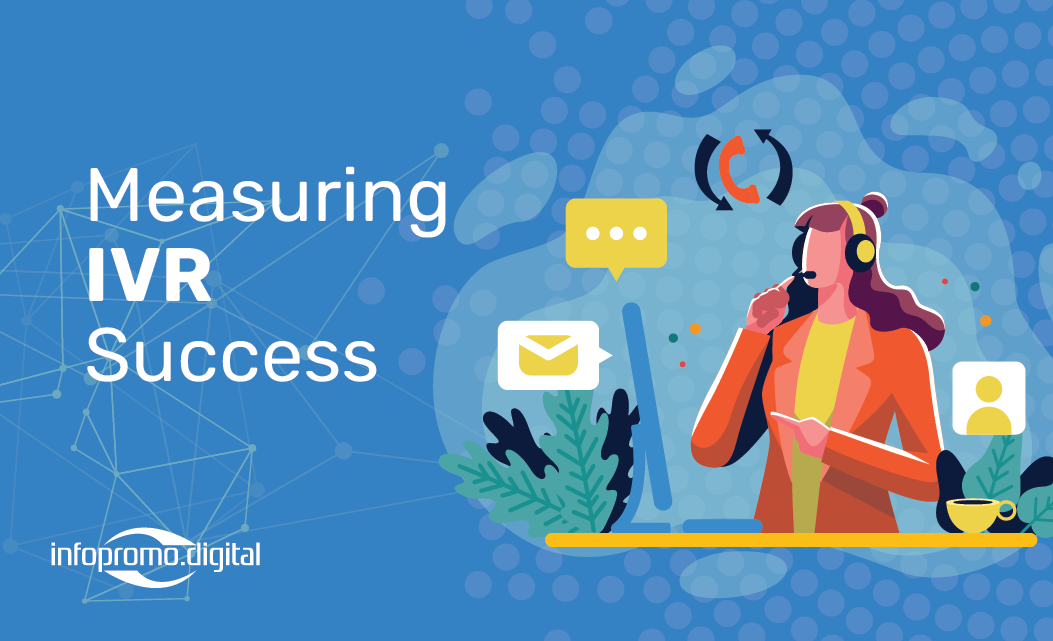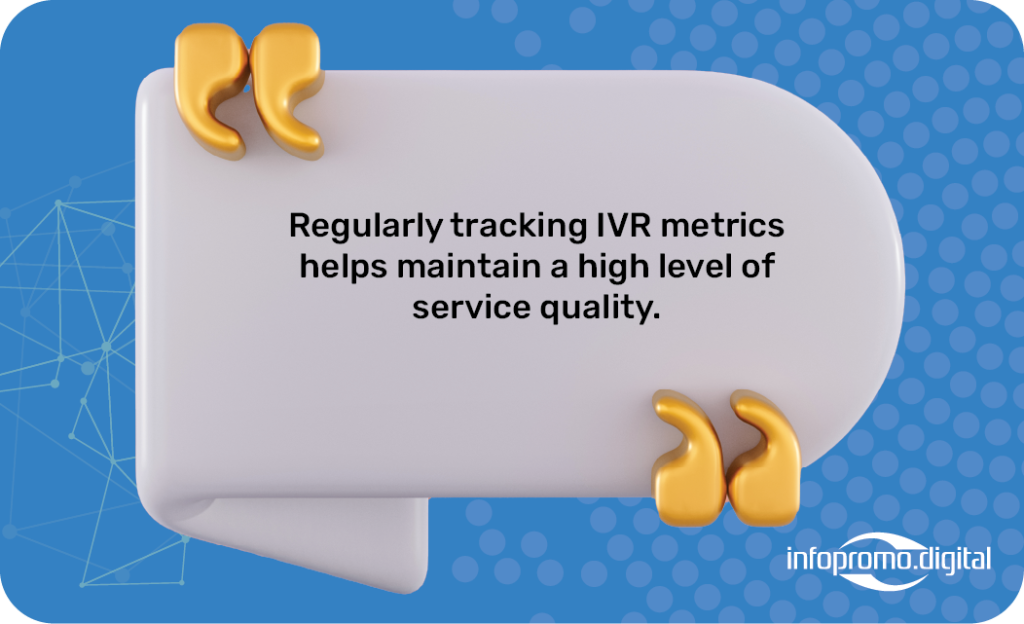
Interactive Voice Response (IVR) systems are crucial for businesses looking to streamline customer service and improve efficiency. However, to truly understand the effectiveness of an IVR system, it’s essential to measure its performance using specific metrics. In this blog, we will explore key metrics such as call abandonment rate, average handling time, and customer satisfaction scores to help you gauge the success of your IVR system and gain valuable insights.

1. Call Abandonment Rate: The call abandonment rate is a critical metric that indicates the percentage of callers who hang up before reaching an agent or completing their desired action. A high abandonment rate can signal issues with the IVR system, such as complicated menus or long wait times. Monitoring this metric helps identify areas for improvement, ensuring a smoother customer experience.
2. Average Handling Time (AHT): Average Handling Time measures the average duration of an interaction from the moment a customer initiates a call until the issue is resolved. AHT includes the time spent navigating the IVR menu and any subsequent interaction with live agents. By analyzing AHT, businesses can identify bottlenecks and streamline processes to reduce handling time and improve efficiency.
3. Customer Satisfaction Scores: Customer satisfaction scores are a direct measure of how happy customers are with their IVR experience. These scores can be gathered through post-call surveys or automated feedback systems. High satisfaction scores indicate that the IVR system effectively meets customer needs, while low scores highlight areas that need enhancement. Regularly tracking these scores helps maintain a high level of service quality.
4. First Call Resolution (FCR): First Call Resolution refers to the percentage of calls resolved on the first contact without the need for follow-up. A high FCR rate signifies that the IVR system efficiently addresses customer inquiries and issues, reducing the need for additional calls. Improving FCR not only enhances customer satisfaction but also reduces operational costs by minimizing repeat contacts.

5. Containment Rate: Containment rate measures the percentage of calls fully handled within the IVR system without requiring agent intervention. A high containment rate indicates that the IVR is successfully resolving customer queries independently. Analyzing this metric helps businesses assess the effectiveness of their IVR menus and identify opportunities for further automation.
6. Transfer Rate: The transfer rate is the percentage of calls that are transferred from the IVR system to a live agent. While some transfers are necessary, a high transfer rate may suggest that the IVR system is not adequately addressing customer needs. By reducing unnecessary transfers, businesses can enhance the efficiency of their IVR system and improve customer experience.
Conclusion: Measuring the success of an IVR system is essential for optimizing its performance and delivering a superior customer experience. By focusing on metrics like call abandonment rate, average handling time, customer satisfaction scores, first call resolution, containment rate, and transfer rate, businesses can gain valuable insights into their IVR system’s effectiveness. Regularly monitoring and analyzing these metrics will help identify areas for improvement and ensure that your IVR system continues to meet the evolving needs of your customers.




